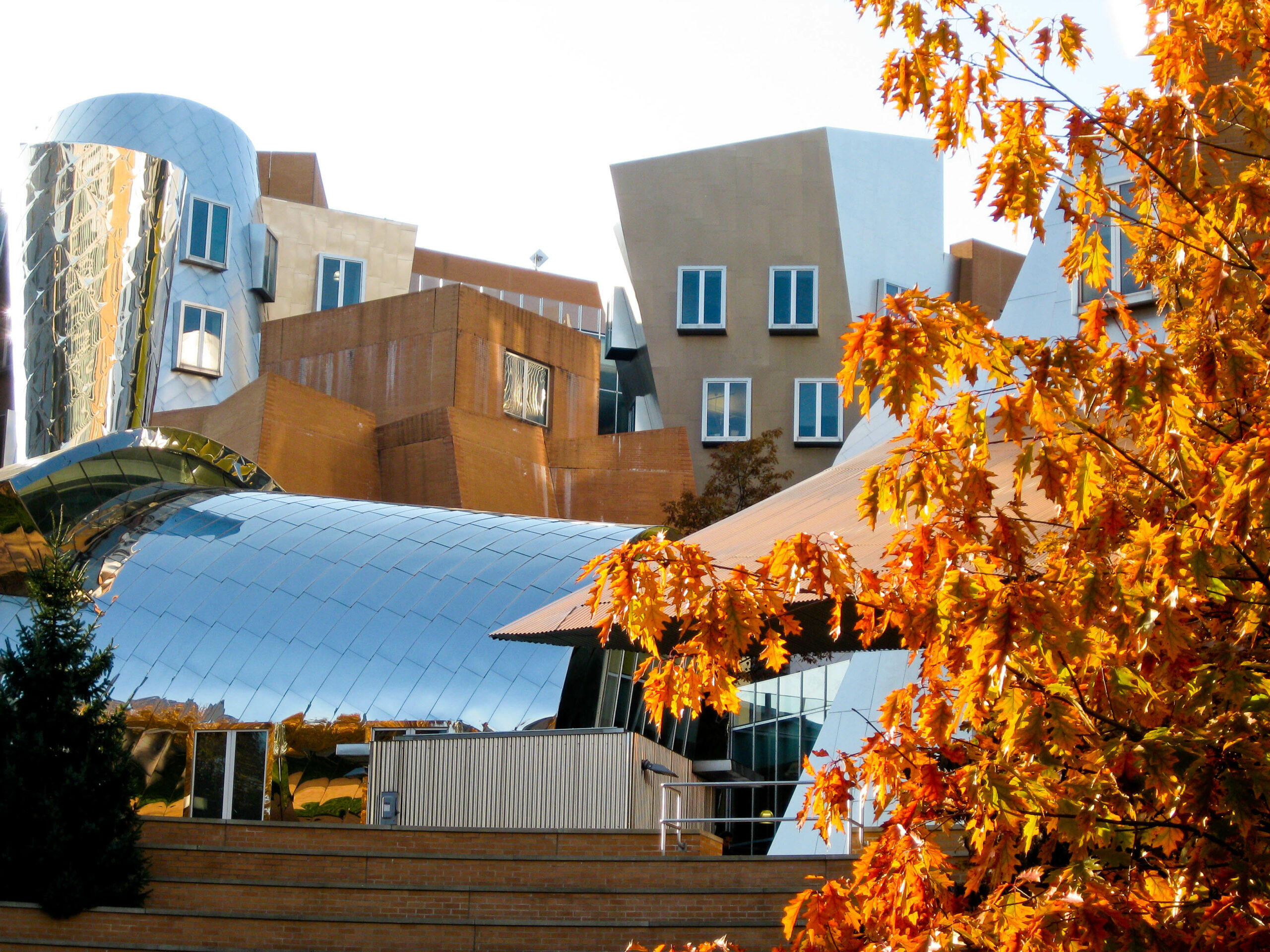
Innovation ecosystems have gained significant attention in recent years, although the concept is not new. Throughout history, human progress has been driven by the interconnectedness of various actors, institutions, and ideas, which laid the foundation for contemporary innovation ecosystems. During the Renaissance, the exchange of knowledge, ideas, and resources flourished in city-states like Florence. The Medici family, renowned patrons of the arts and sciences, created an environment that fostered collaboration and innovation, bringing together artists, scientists, philosophers, and entrepreneurs. This vibrant network of thinkers and doers revolutionized artistic and intellectual endeavors and paved the way for groundbreaking advancements in fields such as architecture, engineering, and mathematics. The Medici’s support, coupled with a thriving cultural and economic environment, exemplified the fundamental elements of an innovation ecosystem: diverse talents, entrepreneurial spirit, knowledge exchange, and supportive institutions.
Today, vibrant innovation ecosystems continue to foster collaboration, fuel economic growth, and drive innovation across industries. The modern-day innovation ecosystem resides in the innovation district.
- What is an Innovation Ecosystem? An innovation ecosystem is a dynamic network of interconnected entities, including organizations, institutions, individuals, private entities, and resources, that collectively contribute to the generation, diffusion, and commercialization of new ideas and technologies. Physical facilities can support an innovation ecosystem, but at its heart, it is a programmatic web of partnerships and collaboration. The most successful and enduring ecosystems encompass diverse economic and community interests and industries. They also have access to financial resources and an educated and multicultural workforce.
- What is an Innovation District? An innovation district is a physical area that gathers components of an innovation ecosystem in one location. The proximity of interconnected uses facilitates cooperation and provides a supportive environment for innovation-driven activities and in-person collaboration. Innovation districts typically are centered around research institutions and universities and feature integrated spaces for startups, established businesses, investors, and cultural amenities. This mix of innovation uses creates a vibrant ecosystem that encourages spreading and sharing ideas.
- What Makes an Innovation District Successful? While vibrant places support innovation districts, a fledgling district will not thrive on coffee shops and co-working spaces alone. The success of an innovation district hinges on several factors. First, the creation and support of the district require strong leadership from a single institution or stakeholder partners who share a vision to drive collaboration and strategic initiatives in and around a specific location. The selected area must be able to support new development or redevelopment with a focus on physical and digital connectivity and infrastructure. Accessibility is critical to provide tenants with transportation options and connect the district to the broader community. Programming and partnerships are the most crucial element to the success of an innovation district. Intentional and consistent programming by the district’s leadership supports the growth of diverse industries, ensures the availability of flexible and shared spaces, and fosters a culture of innovation and entrepreneurship.
The historical precedents for innovation ecosystems and districts remind us of the importance of collaboration and interdisciplinary approaches in advancing innovation and driving societal progress. Innovation ecosystems continue to thrive and evolve in innovation districts worldwide, which coalesce diverse stakeholders in an environment conducive to innovation and economic growth.
Innovate P3 works with institutions of higher education and professional schools to develop programmatic blueprints for innovation ecosystems and to incorporate those programs into new projects designed to create vibrant and sustainable innovation districts.
